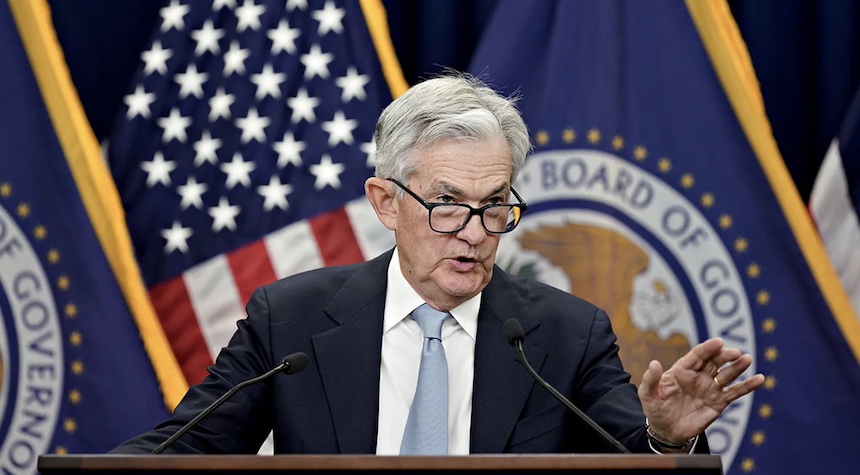On Wednesday, The Federal Reserve held interest rates steady for the third time this year even as central bankers confront a surprisingly resilient economy and still too-high inflation.
The decision was widely expected and left the interest rate range unchanged between 5.25% and 5.5%. This is the highest level of rates in 22 years. The policymakers left the possibility of an additional rate increase until the year’s end, despite concerns that “inflation remains elevated.”
The Fed’s post-meeting announcement said that “in determining the amount of additional policy tightening that may be appropriate over time to return inflation back to 2 percent, the committee will consider the cumulative tightening monetary policies, the delays with which monetary policies affect economic activity and inflation and economic and financial development.”

Over the last year, policymakers have increased interest rates dramatically in an attempt to cool the economy and reduce inflation. In just 16 months interest rates rose from zero to over 5%. This was the fastest rate of tightening in the past 30 years.
Hiking interest rates can lead to higher rates for consumer and business loans, which slows down the economy as employers are forced to reduce spending. The average 30-year mortgage rate has risen above 8%, the highest in decades. The cost of borrowing for all types of loans, including auto loans, credit cards, and home equity lines has also increased.
Despite the rate increases, consumers and businesses continue to spend money.
“The inflation rate has dropped but is still well above the 2% target. Although the labor market is rebalancing, it remains tight in many ways. Powell said that the GDP growth was strong, even though many forecasters predict that it will slow down. Powell spoke to reporters in Washington D.C. at a press conference after the meeting. We’re not sure we’ve achieved it.”
The Fed’s goal of 2% and the prepandemic inflation average are still well above the 9.1% peak.
Powell said that “the process of bringing inflation down sustainably to 2% is a long one.”
In addition, the economy grew at an annualized rate of 4.9% from July to September. Gross domestic product, the broadest measure for goods and services produced, was up by that amount. This was the highest gain since 2021.

The labor market is still tight despite all expectations. The demand for workers continues to outpace the number of available jobs, and layoffs are limited.
Fed officials said that the economy was “strong” during the third quarter, an improvement from the meeting in September when policymakers described the pace of growth as “solid”. The Fed also stated that the job growth had “moderated” compared to previous statements which said it had “slowed.” Powell said that the risk of a recession is greater than the risk of inflation reaccelerating.
Policymakers warned that tighter financial and credit conditions could have a negative impact on the economy over the next few months. Powell and other officials have suggested that the Fed may be tightening its policies due to a recent rise in long-term Treasury rates, which affect financing costs for businesses and households. Powell said that the Fed is “attentive”, despite the recent rise in long-term Treasury yields, which affect financing costs for households and businesses.
Powell stated that the committee was proceeding cautiously in light of the risks and uncertainties, as well as the distance we have traveled. We will continue to make decisions at each meeting.
The Fed will meet again in December.


